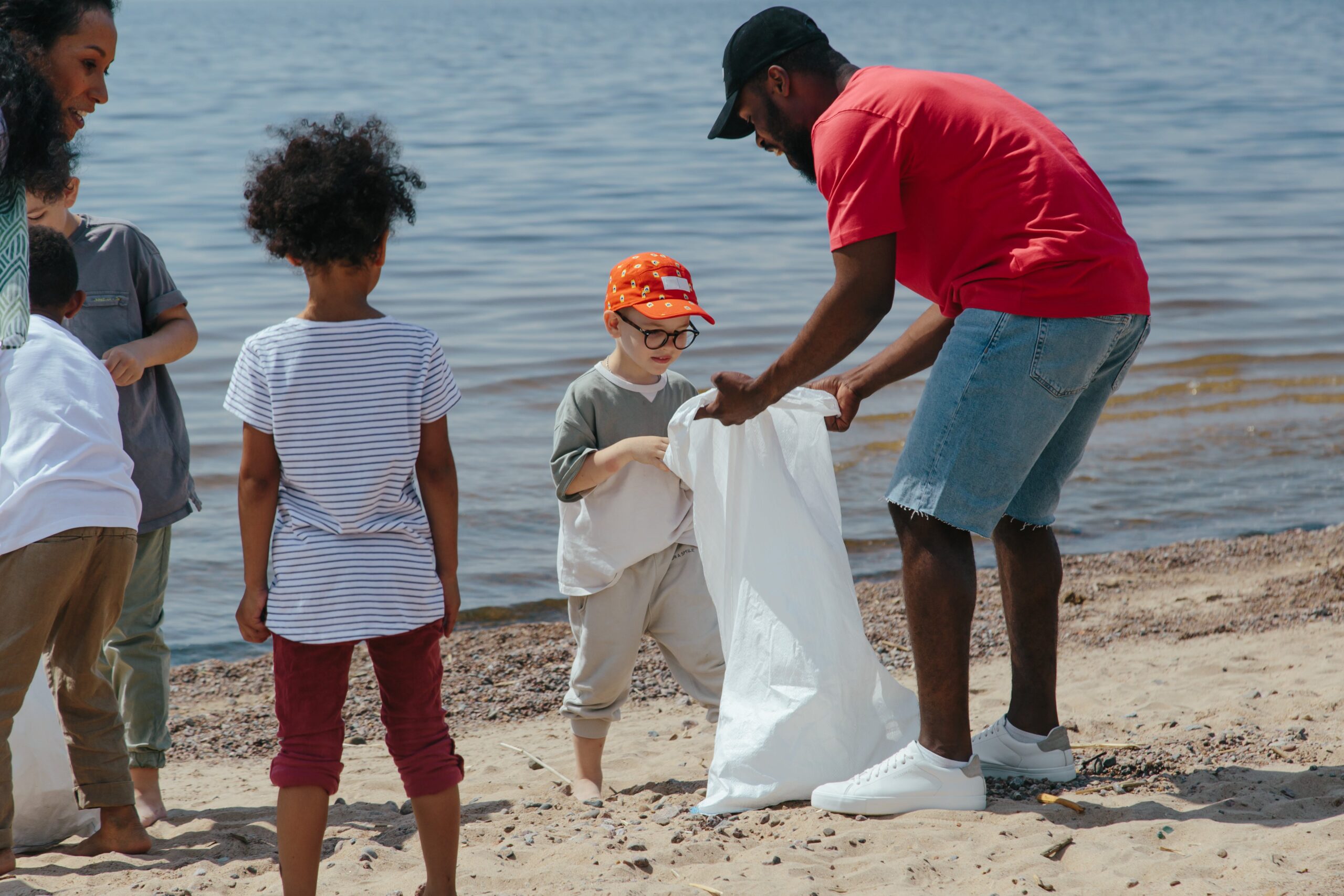
Ditch the Niche: An Exercise to Mix with Multiple Generations
By Tim Elmore
The ebb and flow of our economy has been bad news for millions of families. The recession and the inflation that followed has created uncertainty. During the pandemic, I watched several extended families locally choose to consolidate their monthly rent or a mortgage payment by living with aunts and uncles, parents or grandparents, and even great-grandparents.
Emily, a neighbor, just told me she now has four generations living in her home and she loves it. In her basement is her mother, who’s needing some extra care at this point in her life. Upstairs, Emily and her husband occupy a bedroom, and on the first floor are her son and daughter-in-law who share a room with their daughter, who’s six years old. On top of this, it’s not uncommon for in-laws to stop over to share a meal. Emily is an amazing cook, so I can’t blame them. This trend resembles past eras of history when extended family frequently resided together, and while I’m sure they had moments when they all needed a break from each other, folks learned to get along.
This Is a Trend Across the Nation
I recently read the headline: Young adults in U.S. are much more likely than 50 years ago to be living in a multigenerational household. This fascinated me because I would’ve assumed young adults would be seeking more independence, not more interdependence. But my assumptions were wrong. Americans ages 25 to 34 are more likely to now live in a multigenerational home than in past decades, likely at least in part due to financial hardship brought on by the pandemic and inflation. The growth in multigenerational living among these adults has been especially pronounced among those without a college degree. Living in a parent’s home is the most common arrangement for young adults in multigenerational households. In fact, multigenerational households now make up 20 percent of our living conditions.
Let me share why this could be good news.
The quarantine we endured over the last years caused young people to fall behind socially and emotionally. Living with multigenerational families helps build those skills back. We expand our worldview. Different age cohorts expose us to a point of view we haven’t embraced because we grew up in different eras. Living with someone in their 60s or 70s increases my vocabulary and deepens my emotional intelligence. The same is true for an older adult who gets exposed to a teenager’s taxonomy. We learn to read body language better as we pick up social cues telling us we’re failing or succeeding at getting through. Further, it enables us to communicate with a wider audience of ages, since we daily interface with multiple ages in our home.
This is how life normally looked in history.
Then and Now
This was once how life worked. The one-room schoolhouse taught not only academics, but social intelligence as 12-year-olds would help 7-year-olds with their spelling or grammar. Emotional intelligence developed naturally as various ages mixed with each other. In some parts of the world, young adults remain with their parents until they get married, and only then do they move out. While there is a trade-off—as young adults learn later how to do life on their own—it sparks growth in other ways, socially and emotionally. While I’ve been a fan of equipping young adults to move out on their own to cultivate life-skills, I also recognize the benefit of residing together. Let me share the benefits of a simple exercise.
How and Why to Ditch the Niche
Our culture now fosters life in a “niche.” We find echo chambers on social media platforms; we tend to hang out with similar age groups; we watch shows tailored for our demographic. Our private, portable devices separate us more than bring us together politically, socially, spiritually and intellectually. It’s time we ditch the niche to build skills we’ll need later.
Let me suggest you sit down at a table with friends or family from multiple generations. Take a few minutes for each to share their story. Then pose these questions to each person:
- What’s one part of their story you want to explore deeper and find out more?
- What is one topic they are most passionate about or interested in?
- What is one issue they are most worried about right now?
- What is one wish they have for the future, either for themselves or for the world?
Why is this a helpful and relevant exercise?
- Mixing generations builds problem-solving skills for the challenges of each life stage.
When you sit down and discuss the challenges your teen faces on social media or at school, or when you discuss the challenges grandparents face as they age and encounter ailments or diseases, the discussion deepens empathy and welcomes everyone to work together on behalf of each other—all for one and one for all. This may broaden everyone’s worldview.
- Mixing generations prepares everyone for what they’ll encounter in life.
We now have seven sociological generations living at the same time on planet earth. There is no doubt we’ll have misunderstandings about each other, since we all develop a mindset based on the times in which we grew up. Interacting with different generations at home will serve as a safe beta-test to prepare us for the situations and worldviews we’ll encounter.
- Mixing generations keeps elders young at heart and matures young people.
When I’ve spoken to people living in multigenerational households, I instantly heard how it helps everyone. Older people say, “Being with these kids keeps me laughing, feeling young, and thinking more creatively.” The young people say, “They actually helped me think about things I never realized were important for my future.” It’s a long-term win-win.
Once again, it reminds me that we’re never too old to learn, nor too young to teach. Let’s “ditch the niche” and mix generations as much as we can.
Our team has created a FREE assessment called The GQ Assessment, enabling you to measure your generational fluency, or how well you understand boomers, Xers, millennials and Gen Z. It prepares you for a book coming out in October, A New Kind of Diversity—Making the Different Generations on Your Team a Competitive Advantage. You’ll find the assessment and can order the book now at NewDiversityBook.com.





